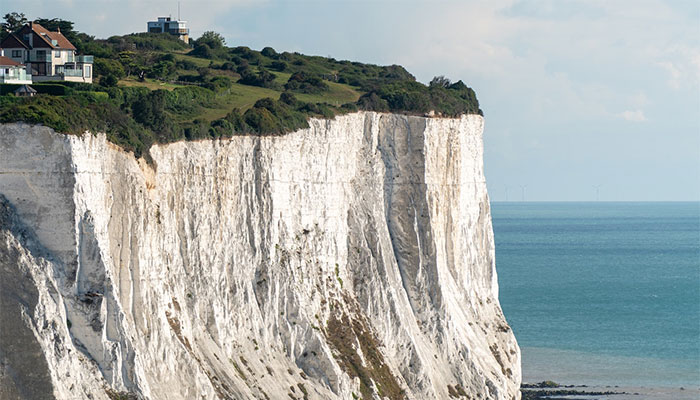New Research Finds Deep Cycling Of Carbon And Chlorine Highly Contribute To Earth’s Early History
New research led by Macquarie University earth scientist Dr Chunfei Chen sheds new light on geological processes from up to three billion years ago and marks a significant shift in the scientific community’s understanding of the early Earth.
The research, published this week in Nature, gives insight into the profound impact of the planet’s gradual cooling on the deep cycling of carbon and chlorine between the Earth’s surface and its interior.
“The cooling of the Earth has caused immense changes in the deep cycles of both carbon and chlorine,” says Dr Chen.
“Today, chlorine typically returns to the surface in volcanic gases, while most carbon is trapped as solid carbonate at depths of hundreds of kilometres; but until the Earth was about two-thirds of its present age, the situation was the complete opposite.”
Magma dominated the Earth’s surface in the early period after the planet’s formation, but as the planet gradually cooled, crustal plates about 100 kilometres thick formed on the surface, gliding over the mantle under the process of plate tectonics.
As oceanic tectonic plates dive back into the mantle at subduction zones, sediments lodged in troughs beneath the oceans may also have been pushed into the mantle.
Scientists investigating the fate of these sediments in high-pressure melting experiments have previously treated an average of all oceanic sediments, in which carbon is only a minor constituent.
However, most carbon accumulates into carbonate sediments – familiar examples of large expanses of carbonate sediments on the surface include the White Cliffs of Dover or the Dolomites in Italy – and these may behave differently than would carbon small portions.

